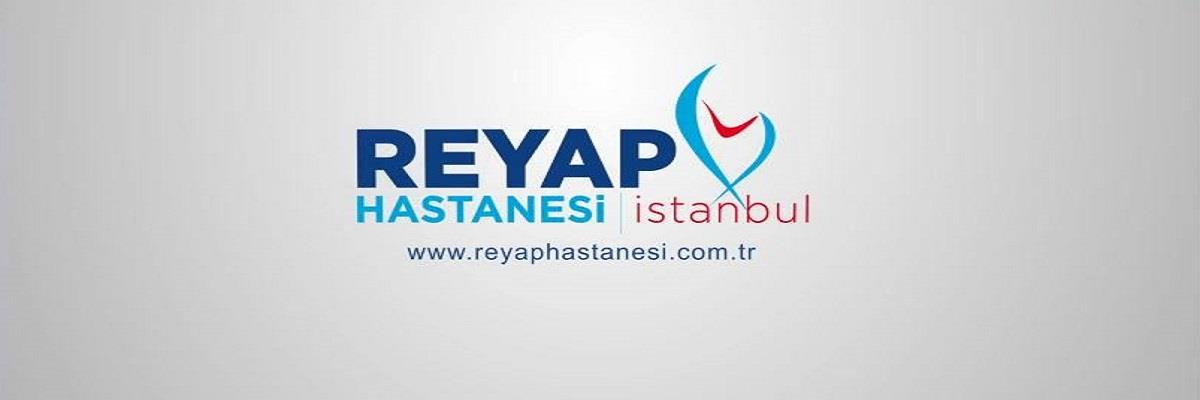

If your doctor recommends a sleep lab appointment, you may be wondering what is included in this test and what to expect.
Sleep labs help doctors diagnose sleep disorders such as sleep apnea, periodic limb movement disorder, narcolepsy, restless leg syndrome, insomnia, sleepwalking, and REM sleep behavior disorder. Often these disorders are not detected by a regular office visit, so your doctor needs to collect more precise evidence while you are asleep.
Sleep and sleep disorders
Sleeping disorders include problems with the quality, duration, and amount of sleep, which causes daytime troubles and problems with body function. Medical conditions that develop due to sleep disorders often occur in conjunction with other mental health conditions such as depression, anxiety, or cognitive impairments.
Sleep disorders are linked to both physiological and psychological problems. Sleep difficulties can both contribute to and worsen mental health conditions and can be a symptom of other mental health conditions.
What is sleep?
Sleep is a physiological process that covers an important part of our lives. The duration of sleep varies from person to person and this period varies between 4 hours and 11 hours. Sleep is a very important process to improve the quality of life in which the nervous system and other organs that are tired and worn throughout the day are repaired.
Signs of sleep disorders
The asleep disorder can show itself in many different ways, and if you have even one of the following sentences, you should make an appointment with the relevant doctor immediately;
I am constantly tired during the day, I want to sleep, I cannot feel rested.
I have difficulty falling asleep at night, I sleep for a few hours only.
I wake up at night with a splash.
I constantly have nightmares in sleep, I speak.
My bedmate says I snore in sleep and can’t breathe from time to time.
I often wake up from night sleep.
I feel like I haven’t slept well at night even though I’ve slept for hours.
I can fall asleep in meetings, while reading, or watching TV.
I wake up tired and with a headache in the morning.
Causes of sleep disorders
Difficulty in falling asleep and waking up constantly is an important problem seen in one out of every three people in society. Psychological factors such as stress, adjustment disorders, and lifestyle (high caffeine consumption, shift work, night exercise, etc.) are the most common causes of sleep disorders. When the cause of insomnia is not found and treated, both psychological and physical disorders affect the quality of life negatively.
Many medical problems can disrupt sleep and cause people to complain of insomnia. Treating medical illness can also treat insomnia.
Psychiatric problems
Psychiatric problems like depression and anxiety may cause a desire to sleep and as well as insomnia problems. Some drugs used in the treatment of psychiatric disorders can also cause insomnia or, conversely, the desire to sleep a lot. With the correct medical history taken from the patient, when the correct medication is selected, the sleep problem can be treated within 1 month.
Sleep-related breathing disorder
Daytime fatigue, night snoring, and sleep partner noticing that the patient is unable to breathe occasionally are the most common symptoms of sleep apnea. People with sleep apnea stop breathing during sleep. This situation can awaken the person dozens or even hundreds of times during the night.
The time that breathing stops can be as short as 10 seconds. Most patients do not remember waking up. A sleep test is required to diagnose sleep apnea. People with sleep apnea often benefit from a treatment called positive airway pressure. This treatment keeps the airway open by giving air pressure through a mask worn on the nose during sleep. If left untreated, sleep apnea affects the health of many organs, especially the brain and heart. But thanks to the sleep laboratories, it can be diagnosed and treated.
Restless leg syndrome
It is a syndrome that causes numbness, feeling of pressure, pain, and restlessness in the legs during sleep or rest. After investigating metabolic disorders such as underlying anemia and kidney failure, medical treatment is given to many patients with almost complete improvements. Thus, the patient has a high-quality sleep.
Periodic leg movements
Periodic leg movements are short muscle contractions during sleep. The contractions can cause leg jumps for one to two seconds. These movements cause hundreds of short interruptions in sleep and restless sleep each night. Treatment includes medications, evening exercises, hot baths, or a combination of these.
Gastroesophageal reflux
During sleep, stomach contents may return to the throat. This situation awakens the patient many times during the night. During sleep, more reflux occurs due to less swallowing and the lying position. If you have such a problem, try elevating your head with multiple pillows. You can also lift the head of the bed 15-20 cm. Medication that treats reflux is also an option.
Habits
Excessive caffeine consumption, alcohol intake, night-shift, and exercise before bedtime can reduce sleep quality.
Sleep labs are a vital diagnostic tool for many sleep disorders. It is also necessary to monitor how effective the treatment is after diagnosis. Thereby, the doctor can manage the treatment plan.
Treatment for the sleep disorder
The cause of the sleep disorder must first be diagnosed.
Medical treatments can be applied. However, sleeping pills can sometimes mask or increase the problems caused by other diseases. The appropriate treatment method is determined by the doctor according to a detailed medical history of the patient. Many sleeping pills are available, including some over-the-counter medications. It is not right to use self-medication without consulting your doctor.
Apart from medication, it is also useful to keep the airway open by giving air pressure with a mask worn on the nose for sleep apnea or to apply the rules called sleep hygiene for all sleep problems.
What is sleep hygiene?
Paying attention to sleep hygiene is one of the simplest ways to increase the quality of sleep. Strong sleep hygiene means having daily routines that encourage uninterrupted sleep. A fixed sleep schedule can contribute to ideal sleep hygiene by making your bedroom a more comfortable environment, applying a relaxing routine before going to bed, and establishing healthy habits throughout the day.
Sleep hygiene is shaped according to personal needs, but there are some common rules for everyone;
Caffeine should not be consumed in the evening,
You should go to bed and wake up at the same time every day (including weekends),
You should get out of bed in the morning and should not use the bed for resting during the day,
You shouldn’t do anything else than sleep and sexual intercourse in the bed,
You shouldn’t sleep in the daytime,
You shouldn’t exercise in the evening.
Daytime exercises have a positive effect on sleep quality. Refreshing your room before going to bed, avoiding nicotine-containing substances such as alcoholic beverages and cigarettes in the evening, taking care of room temperature, making your bedroom quiet, dark, and slightly cold, and trying to solve the problems that you need to do during the day before you go to bed are some of the things you should consider.
Sleep lab
In the laboratory, which has special equipment in the diagnosis of sleep diseases, guiding instruments are used to investigate and determine the causes of sleep disorders and to start appropriate treatment. Polysomnographic recordings in the sleep laboratory provide the most basic data.
Many test methods are used in the records used during polysomnographic examinations.
1) EEG (Electroanselograph)
During the night’s sleep, the EEG records the person’s sleep-wake periods and sleep stages.
2) EOG (Electro-oculograph)
It records the eye movements during sleep.
3) EMG (Electromyography)
During sleep, the periods in which the muscles are contracted or relaxed are determined.
4) Pulse oximeter
It allows us to access information such as the periods and the number of periods in which blood circulation decreases during sleep, their duration, and depth.
5) ECG
It records parameters such as heart rhythm and heart rate and provides a comparison with standard data.
6) Airflow measurement
With this measurement, the depth and order of breathing exchanges are followed and breathing pauses are determined. Records showing whether the patient is breathing through the abdomen or chest, and episodes of inability to breathe in some periods can be obtained.
7) Leg movements are monitored, recorded, and evaluated.
By recording all these parameters during sleep, a comprehensive evaluation is made and important information is obtained in the diagnosis and treatment of sleep disorders.
Henüz bu hizmete ait bu dilde eklenmiş bir video bulunmamaktadır.





















